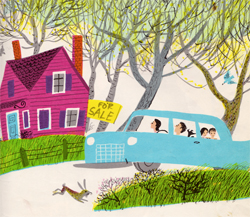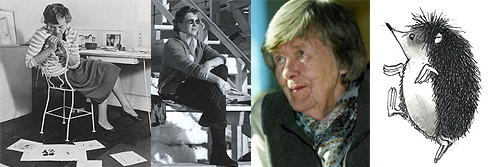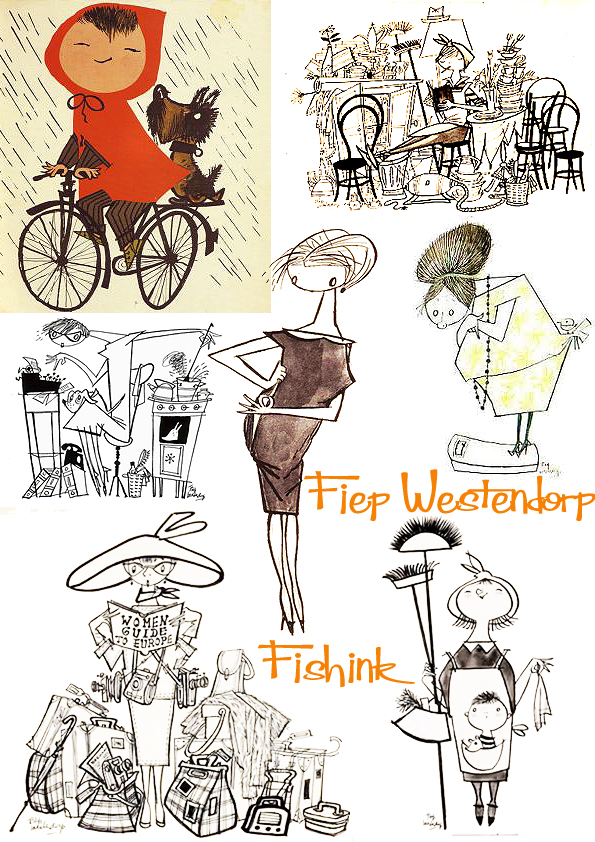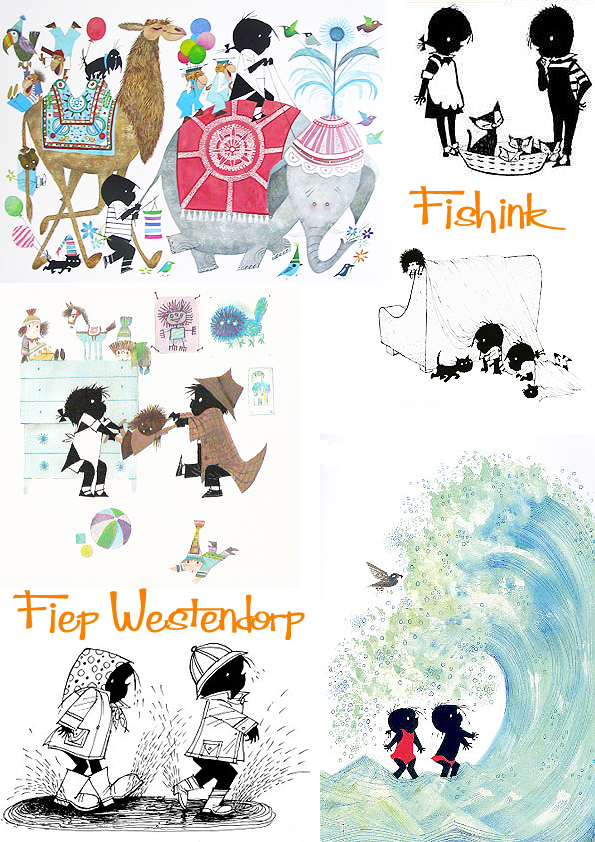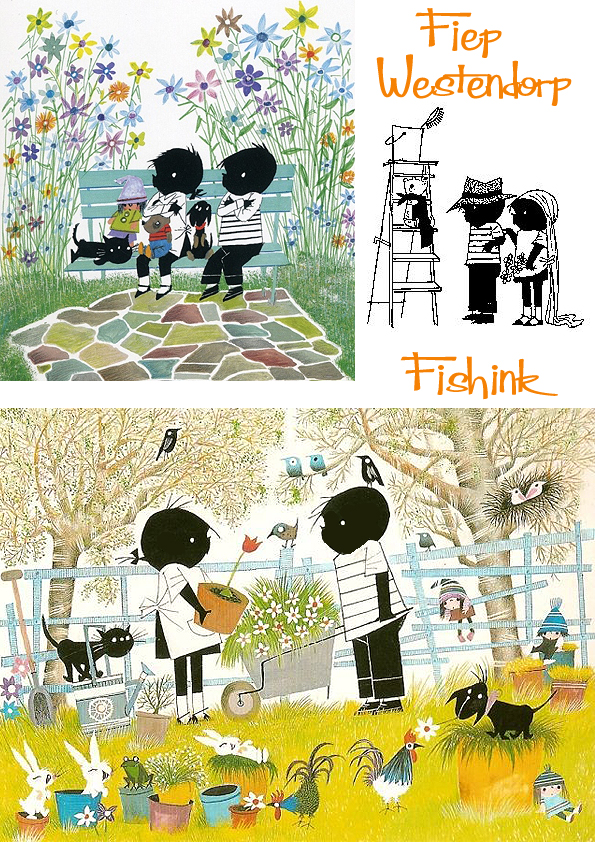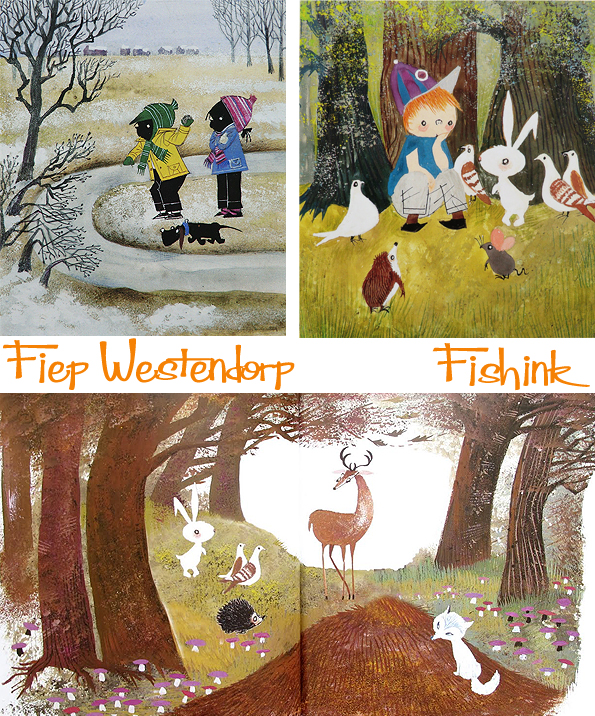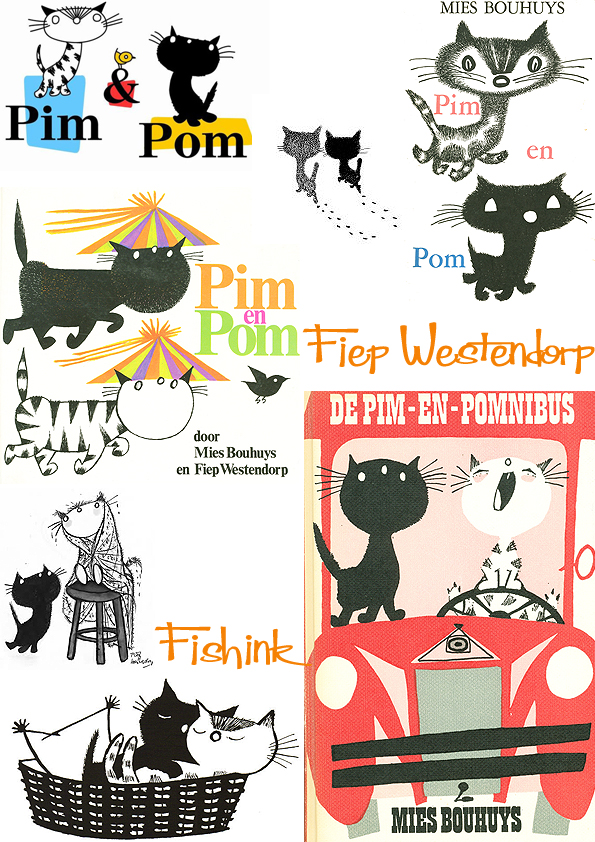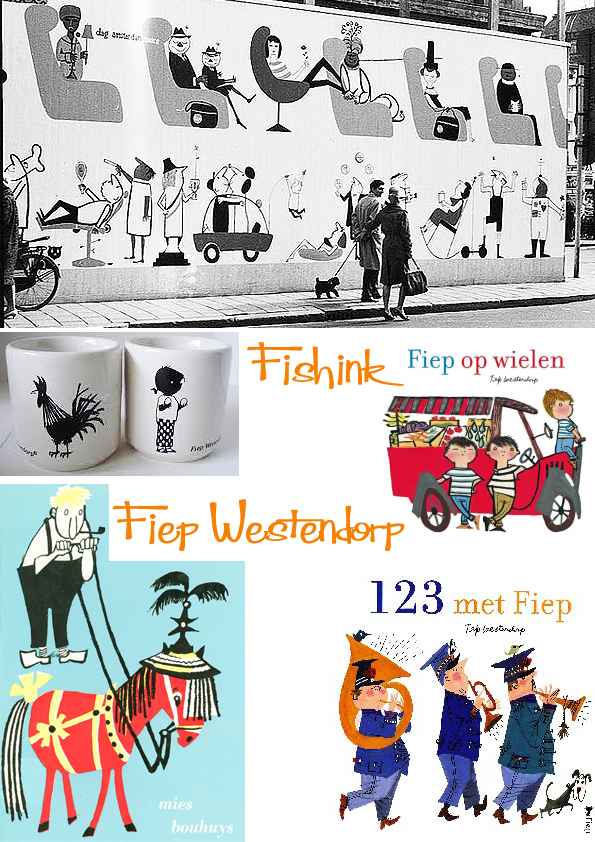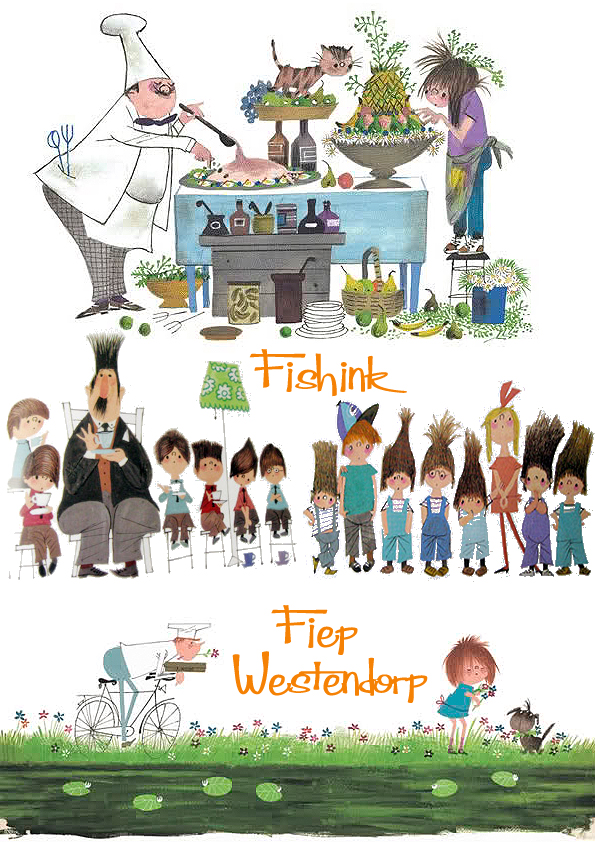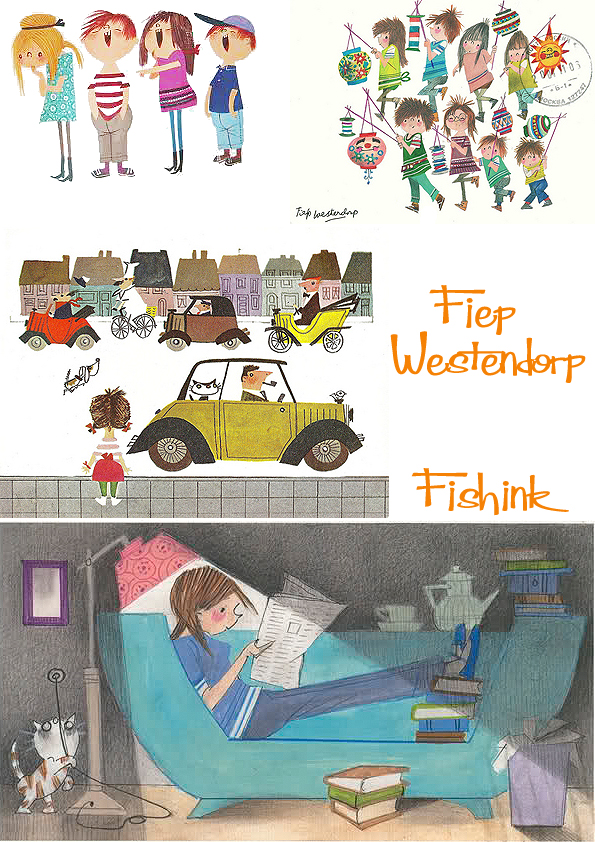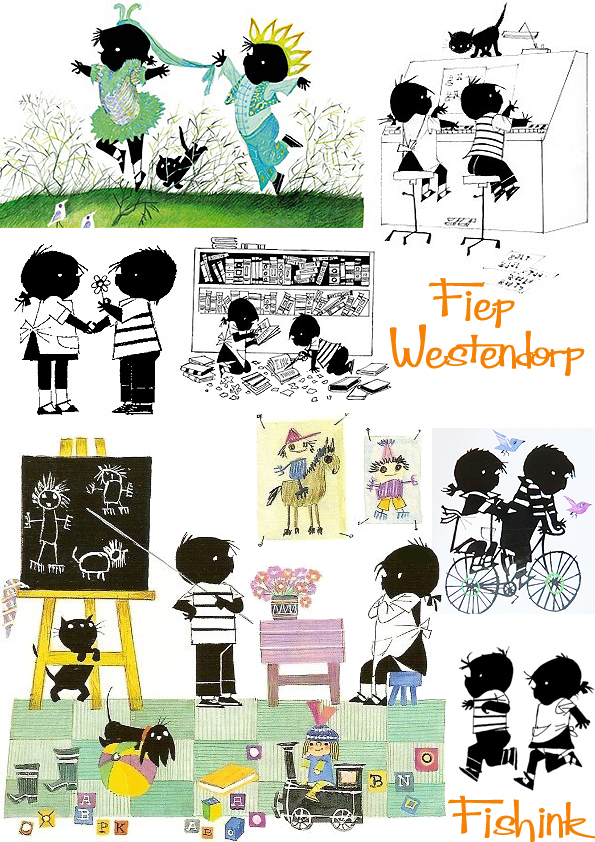Artist in Residence Owls

I have just started an online teaching class with a lovely group of artists, through a site known as Artist In Residence .
My first solo class this week was all about drawing Owls. I included some fun facts about these wonderful birds, such as an Owl can turn it’s head 270 degrees, many have asymmetrical ears located at different heights on it’s head which help it pinpoint exactly where it’s prey maybe and that the eyes of an Owl aren’t actually eyeballs at all, they are in fact tubes and completely immobile. Who knew ?
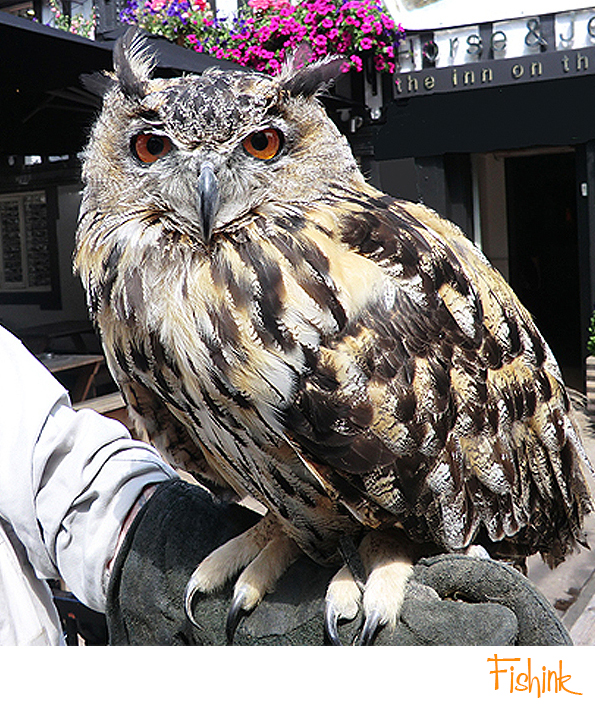
We looked at examples of real Owls and also how different artists used this subject matter in their own work. Here’s illustrations from collage artist Mark Hearld and Children’s illustrator Brian Wildsmith.


Some of my pencil illustrations above and Illustrator Celestino Piatti shows us some of his fabulous midcentury Owls.

Russell George Wilson reveals his textile talents with this beautiful Tawny Owl.

I showed some of my Ceramic Owls, I had more designs than I thought !

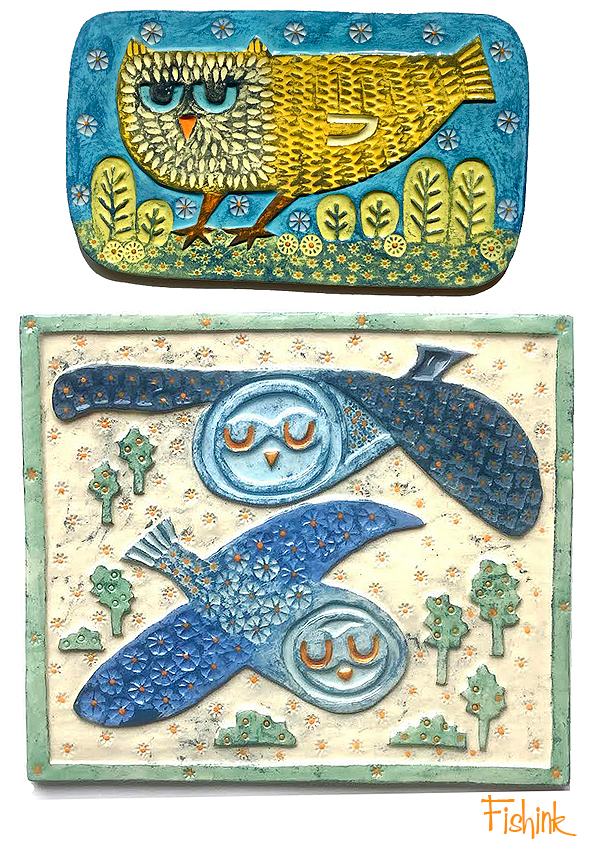

Then moved onto some drawing and collage work using the Owl as the starting point and not necessarily worrying about how lifelike it needed to be.

My mind started thinking… what if it was made up of letters, what if it was square and these guys soon appeared lol

After some initial nerves, I really enjoyed the experience and hopefully the folk in the class did too. If you would like to join up you can find more information here, there are plenty of new classes to join in, watch in your own time and places on the site where you can chat and discuss ideas with other artists around the globe.

Earlier this year I was kindly invited by Rekha Salin on instagram @illustrate_daily to be interviewed for The Society Of Children’s Book Writers & Illustrator’s blog. Rekha has followed my blog for a while and liked both my ceramic work (which is driven by my love of retro books, design etc) and also Fishinkblog itself.
The feature was published this week and you can find it here.


Please dip in and discover more about how my quirky mind works lol. INSPIRATIONS FROM CRAIG’S BOOKSHELF


Thanks again Rekha for asking me, I often need to be dragged into talking about myself !
Lisa Larson World Exclusive Interview for Fishinkblog
Hello Everyone, it is with a very heavy heart that I heard of the passing of my icon and muse Lisa Larson yesterday. She worked up until her death at the age of 92 and inspired and gave joy to myself and so many other millions of folk worldwide with her quirky ceramic characters. I was very fortunate to get to ask Lisa some questions in 2017, so decided to repost this in her memory.
Welcome to all of my visitors and whether you are a regular reader or a new visitor, I have a very exclusive treat for you today as I have managed to secure an interview with the wonderfully talented, Swedish Ceramist, Lisa Larson! I can hardly believe it happened myself and I’m still rather smiley as a result lol
Through a chance email, I received a reply from Lisa’s daughter Johanna. She just happened to be visiting her mum that week and very kindly offered to ask Lisa the questions I had mentally prepared (never thinking for a moment that I would actually get to ask them). The following post is a culmination of a few months work, ordering books and magazines and then the wonderful surprise of the interview itself… enjoy!
My first question went to Lisa’s daughter Johanna.
What was it like growing up with Lisa’s creativity around you.. I see that you have a graphics background yourself, do you think your mum’s encouragement has given you a love of the arts too ?
I grew up in a very creative home with two big artist studios connected to the house, and I also went along to the factory sometimes. I basically spent most of my time in a studio since I was a baby. I played with ceramic tools, or clay, or in the sandpit they used for casting. I was encouraged to draw and paint and knit and sew, my mum taught me how to throw clay. I went to art school but ended up specialising in Graphic Design and Illustration.
Here’s a fab selfie shot (below) of Lisa and Johanna.
Now my questions are directed to Lisa….
What are your first memories of art and drawing… were your parents creative and did they encourage your own creativity when you were younger ?
My father collected art and antiques and was a creative person. (My mother had died when I was two.) He encouraged me. He owned a sawmill and I could use the waste bits of wood to carve figures. I used to bicycle around and paint the farms around the area too, and sometimes sell the paintings to the owners, as was popular in rural Sweden. My father once gave me a load of blue clay and I made a life size portrait of the boy next door in our garden! Another neighbour (perhaps the boy’s father?) was an art teacher and was the person that advised me to apply to the art college in Gothenburg.
Was it unusual for a woman to be a designer in Sweden, some fifty years ago ?
My sister and I both wanted to be fashion designers and made all our own clothes. She did succeed (Titti Wrange, Annamodeller)…
and I ended up being placed in the ceramics department in art school, and loved the material from day one.
I saw a great video of a gentleman on the potter’s wheel and you reforming one of the pots he had thrown into a female figure, and later into a family pot etc. Growing up (and perhaps today) who helped in your own creative journey and who’s work do you admire who may or may not have been an influence on your work ?
The ceramicist and thrower in the video is Richard Manz who was my assistant at Gustavsberg. He was a very skilled technician. Else-Kulle Petersson and Kurt Ekholm were my teachers at Slöjdskolan in Gothenburg. I was also influenced by my husband Gunnar Larson and his artist classmates, teachers and colleagues. Stig Lindberg was my mentor at Gustavsberg. He had hired me and became a very good friend and colleague. (more about Stig here.)
What was it like working alongside Stig, (another hero of mine) and was it his free thinking style and humourous work, that allowed and perhaps encouraged your own style to develop and be appreciated ?
Yes, Stig had a lot of humour and we were all influenced by each other at the factory. He was very encouraging to us new students. We were free to experiment and he would visit the studio every week and discuss our work, and sometimes pick something for production, like the cat he thought was suitable. He asked me for more animals in the same style to make up a series. It became my first, Lilla Zoo.
I was frustrated for you when I read the story about you not getting paid very much for the work that you did that helped make Gustavsberg so famous. Was your transition to a freelance artist part influenced by that frustration yourself and are there any regrets about ever going it alone ?
No regrets. I had worked there for 26 years. Stig was gone, it was different times. Time to move on.
How did the collaboration with the Japanese company come about ?
I was originally contacted by a photo publishing company that wanted to do a photo project, and then they decided to produce some Lisa Larson merchandise instead (my photos probably weren’t that great!) and really wanted to launch the brand in Japan. My daughter was also enthusiastic about it and wanted to manage the brand internationally, and take care of all the new communications and new 2-D design tasks.
Below are part of the new Zodiac series due out in 2018, planned future orders are already sold out!
Being trained as a textile designer, I think your scope for design onto fabrics has a universal appeal, I know that the Japanese company you work with has made tee shirts and tee towels in their ranges, but have you ever thought about creating furnishing and fashion fabrics for children as part of your product range. I would love to put drawings into repeat for you if it would be helpful : )
Thank you but that is my daughter’s job! She has been inspired by my ceramic sketches and turned them into textiles, and she constructs the illustrations and the patterns for Uniqlo and other licenced clients. We have already worked with Ljungbergs Textiles and Boras Cotton in Sweden, and recently with Aswan curtains and rugs in Japan.
You can find more of the Japanese range of ceramics and kitchenware here.
Here’s one of the beautiful Japanese publications I discovered by Pie Books , great photographs.
Look at this cheeky chap awaiting some soup lol
Can you tell me a little more behind the story as to how your cat design came to be used by Baldelli and made into a moneybox ? I assume it was done with your permission ?
Not at all! It is total plagiarism! I first saw it in a shop window in San Francisco in 1966. When I asked what it was, I was told it came from a Danish importer. The shop owner said: “But, we do have a genuine Lisa Larson too”, and showed me into a back room!
Shocking to hear that blatent copying of designers work was happening mid sixties too. Some have the cheek to say it’s a compliment, but I disagree and if a company wants to compliment you on your skills and creative design, they should at least pay a royalty for using it !! Shame on you Baldelli and Bitossi.
I am delighted and also encouraged to hear that you are still designing and making now in your eighties (she is now 91 in 2022)… as an artist myself, I can’t imagine a time when I wouldn’t be still drawing and making new work. Do you have a list (perhaps even just in your head) of new pieces that you want to make and release to the world, as it were ?
Yes, my list is endless!
During my searching about Lisa’s work, I came across this fantastic company Scandinavian Retro who produce ‘Retro Klassiker’ magazine. Sadly it’s not available in the UK, but the very generous Editor in Chief sent me a complimentary copy and it is amazing….
132 pages just about Lisa Larson with photos of the majority of her ceramic work, what a delight. I just feel now that I need to learn Swedish or find a local Swedish friend to read all the text for me lol
The publication is excellent, concentrating on all the retro designs in textiles, fashion, ceramics, furniture etc from the mid century era. Sooo perfect for me.
I’ve read that the bulldog may be your most favourite piece that you have designed. Is that still the case and are there any designs that given the time you would perhaps do differently or work up again ?
I always try to make new and better things. I am never happy with my own work, until possibly much later on. Like when I said that the Bulldog was my favourite, was some 40 years after I made it!
Like you, I have a very quirky style of my own and often draw images of dogs and cats etc for use on fabrics and other textile surfaces. Do you think that your strong sense of humour has played a part in the style of ceramics that you produce ? Was that quirky style unusual in Sweden in the time that you were first making designs ?
Humour is important. We had a dog poster in the children’s room and I decided to interpret the funniest breeds.
I have always had my own style. I do not study other people’s style. (Other people copy me.)
I lastly want to say a vote of thanks for the joy that your work has given me. I’ve a family of three lions who sit in front of me on my desk that really make me smile daily, and for that alone, your work is truly priceless to me.
Thank you for your kind words
I want to say a huge THANK YOU to Lisa for answering my questions with such great consideration and honesty. Also to Johanna, without whom this interview wouldn’t have happened and for her lovely pictures. Lastly to Viveca Carlsson for generously sending me a copy of the wonderful Retro Klassiker.
I’ve a feeling there’s room for more of Lisa’s ceramics to come : ) Watch this space. Please share this post with your friends, leave a comment and sign up for regular Fishinkblog posts too. I hope you’ve enjoyed this interview as much as I have in making it.


Lisa Larson (9th September 1931 – 11th March 2024) R.I.P.
Ladislav Sutnar Graphic Input
Ladislav Sutnar was born in 1897 in Plezn, Czechoslovakia. A Renaissance man, like many in his era, his activities were multidisciplinary and he studied painting at the School of Applied Arts in Prague, architecture at Charles University, and mathematics at the Czech Technical University concurrently.
This silkscreen print was published as a promotional kit for the Build the Town building block set Sutnar designed between 1940 and 1943 while living in the U.S. This print is 1 of only 2 promotional materials Ladislav produced for the modern toy design market.
Starting in 1924, Ladislav designed toys consisting of simple geometric structures of animals and puppets.
He attempted to introduce modern aesthetics into children’s toys by developing a building kit that consisted of sawtooth roofs, cones, and pieces in the colors of red, blue, and white (this remained a prototype).
The 1960s proved to be a difficult time for the designer as he turned to publishing Strip Street (1963). It was an album of 12 erotic silk-screen prints. He organized two New York gallery exhibitions of his nudes, In Pursuit of Venus (1966) and Venus: Joy-Art (1969). These works outside of his norm still included his hierarchical design approach as a father of modern information design. The term “posters without words” refers to Ladislav’s distinct poster-like design that characterizes the individual prints of this series.
His racy Strip Street compilation has relatively been forgotten. He wrote an essay to accompany these works. “In these disturbed times of cool and alienated society,” he wrote, “if the paintings can inject the feeling, the mission is accomplished.” An influence of Pop is notable despite Sutnar’s dislike of Pop and Pop Art. His paintings are reproduced today in a 392-page monograph.
Ladislav Sutnar is most notably a pioneer in the field of information design. He worked with many media including print, painting, products and interior design.
He went to school to learn how to make utensils, pots and other ceramic works. In 1923, he became the professor of design at the State School of Graphic Arts in Prague, and was later made its director. At the same time he worked as a designer at other firms too. Ladislav also did much work in exhibition design for a number of World Fairs, including the one in 1939 located in New York where he was to design the Czech pavilion. The exhibition ended up being cancelled due to the Nazi invasion of Czechoslovakia. Still, his work brought him to America, where he began a new chapter in his life.
Ladislav transitioned from industrial designer to graphic designer during his time in the States. He responded to the chaotic nature that he saw in American graphic design, starting his influence in information design. His work brought simplicity to the complex. His personal philosophy on visual design was that it should not “sink down” to the level of public taste, but rather inspire the general public to improvement and progress. He believed designers are called to perform to their fullest capacity and should “think first, work later.”
He placed a heavy emphasis on precision and clarity in information display, and on simplifying the complex.
His style reflected this philosophy in many ways, using grids and a strict layout, as well as a limited color palette and choice of typeface. He often used geometric form to guide layout, and also asymmetrical compositions to draw visual interest. Ladislav was also greatly inspired by movements such as Modernism, Bauhaus, and De Stijl. He used vivid colors, especially with his penchant for orange. A distinguishing feature of his work is the use of punctuation symbols to organize information.
After settling in America, Ladislav became the art director at F.W. Dodge’s Sweet’s Catalog Service in 1941 until 1960. His contributions here are seen in use even today. To replace the messy design that originally characterized Sweet’s pages, he created business-friendly templates and layouts for clarity of vast amounts of information and easy consumption by the general viewer. He contributed graphic systems to several companies and manufactured items. Also among his innovations was the use of double page spreads as opposed to only single pages. He was also the one to put parentheses around the area code in the American telephone numbering system.
Ladislav’s contributions to the practice of information design are still applied to graphic design today. The components of web design and navigation today can be accredited to his methodical Modern-style graphics, which are widely borrowed and applied. His designs transformed the face of business data, organizing massive amounts of information into not only comprehendible but visually interesting displays.
Though far from a household name, Ladislav Sutnar is a giant in the history of design. A Czech American who had a prolific career in his native Czechoslovakia in the 1920s and ‘30s and subsequently in the United States. He was an innovator in graphics, product design, exhibition design, and information design—a forerunner of web design. He is particularly known for his work in typography, including the innovation of adding parentheses around area codes in phone numbers, a seemingly small change that makes long strings of digits easier to read and remember.
Roger Duvoisin No introductions necessary
Roger Duvoisin makes quite a number of regular appearances on Fishink Blog. You can see more of my posts about him, by typing his name into the search box on the right hand side of my blog. He was such a prolific artist, that every time I seem to think about him, there’s more illustrations to view online, that I’d not seen previously. Here’s a few more book covers…
His animals have such a friendly nature to them.
His books have been translated into many, many languages and they work because his illustrations are easy to understand, wherever you may live.
Great colour schemes.
In case you’ve ever wondered what Daddies do all day…. I hope there was a Mummies book too !
Here’s the man himself hard at work, he must have had a busy and hopefully fulfilling career.
Always a breath of fresh air to see Roger’s work. To me they will never feel 60+ years old !
Fishink Ceramic Sale
Hello everyone, just a quick message for those of you who maybe interested to say that I will be having a sale of my latest ceramics over on my stories on Instagram this evening starting at 8pm GMT (Sunday 11thFeb) . Please pop a reminder on your phone and message me if you see anything you would like to buy. All the very best Craig x
You can find my work here http://www.instagram.com/fishinkblog

Fiep Westendorp (1916-2004) was a Dutch illustrator who became especially popular due to her long-term collaboration with writer Annie M.G. Schmidt.
Dutch guys and gals have grown up with her illustrations over three generations. Her most well known characters are Jip and Janneke, two silhouetted kids who got up to all manner of things. It ran as a series of stories featured in the Dutch newspaper Het Parool from 1953 to 1957. Now, the Dutch department store HEMA has a huge selection of her illustrations on mugs, plates, stationery products etc.
I first became aware of her work when I purchased a couple of postcards in Amsterdam a couple of years ago. She has such a beautiful painterly style.
Two other firm favourites have been the tales of two cats Pim and Pom. Below are Fiep’s original creations alongside their modern day realisations.
She has illustrated numerous posters, billboards and books, some of which are featured here.
Since the regular Dutch awards for illustrations always eluded her, she was given a unique award for her entire career in 1997. At the end of 60 years of artistic creation, Fiep Westendorp received the Oeuvre Penseel, the highest possible Dutch award for an illustrator of children’s books. I should think so too lol.
Vintage Book Covers
It’s been a while since I shared some classic book covers. I can’t tell you why but they always make me feel warm inside, I hope they have the same effect for you : )
Here’s a little science to get the visual party started.
A little food to go on the side table.
Throw in a little mystery and intrigue.
Making sure it’s well packaged.
Remember there’s a lot to learn out there.
Even if it’s from our children.
Before alas and all too soon… the party’s over.
Do any of these covers prompt a memory for anyone ? Hope you enjoyed today’s visual feast !
























































